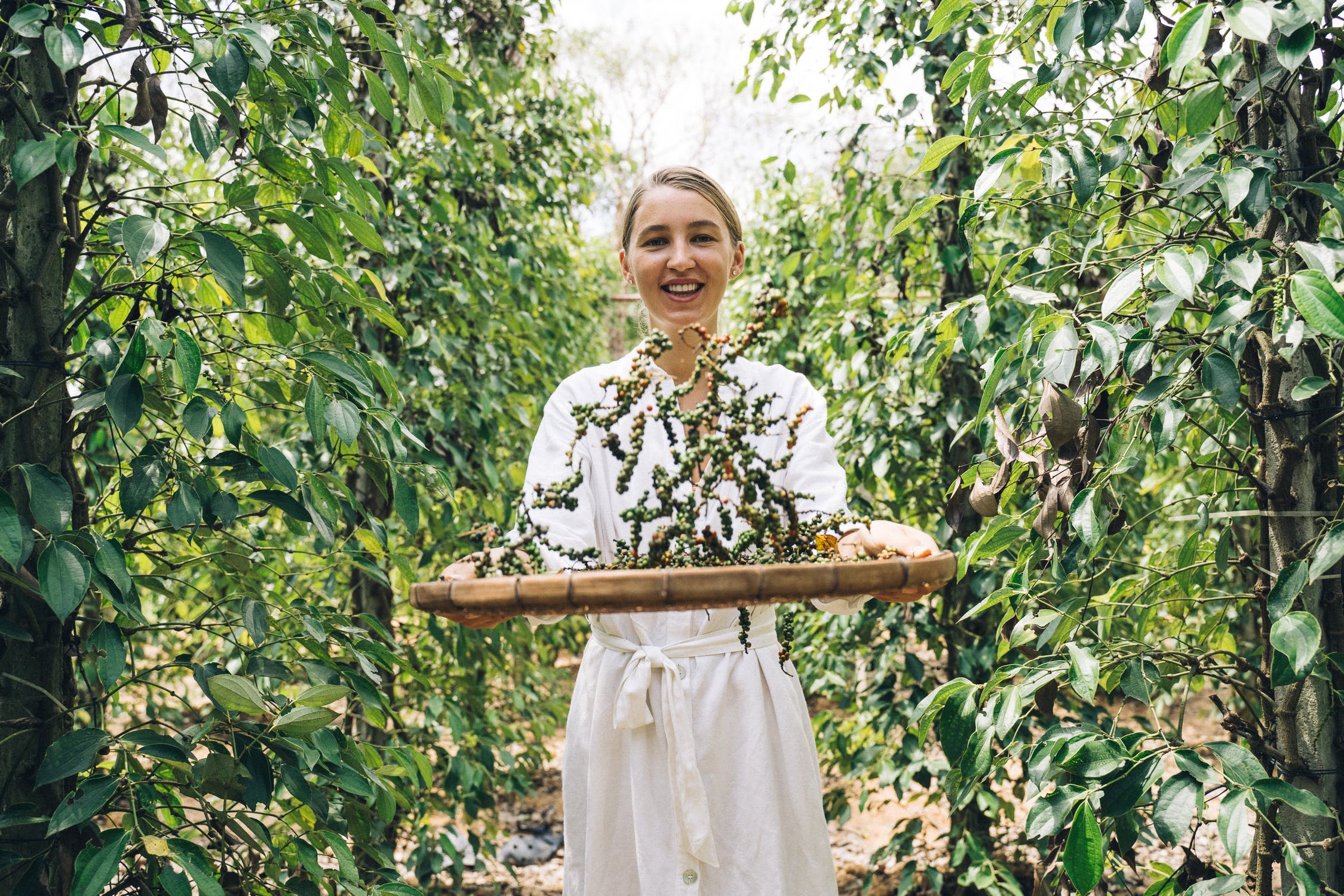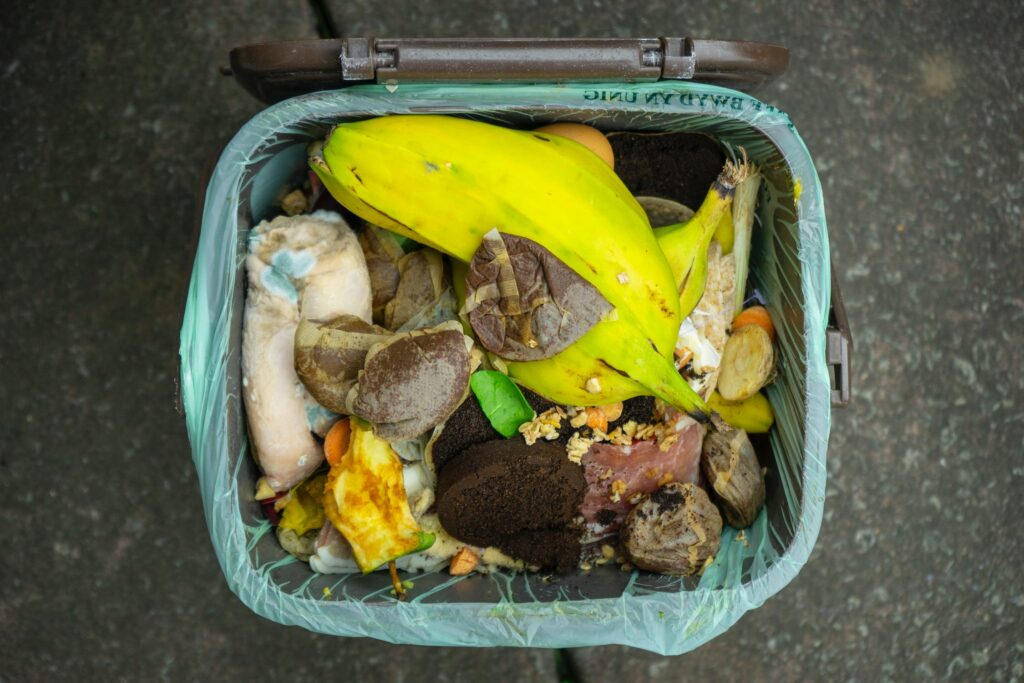Are You a Real Steward of the Planet? Assess Yourself Now

We know…living a green life in a modern world can be confusing. If you already recycle, switch the lights off when you leave the room, and shop local, you’re doing a great job. However, there are always ways that you can go even greener.
The trick is you need to know how.
It’s time to take stock of where you are in your sustainable living journey, and see if your home is as green as it could be. You need to assess your:
- Shopping habits
- Energy and water consumption
- Waste
- General approach to sustainable living
Join us as we look at the areas many people think they are doing well in, but have only just scratched the surface:

Shop Local and Shop Smart
Buying local produce is a great idea. You’re supporting businesses in your area and reducing your carbon footprint in terms of imports and exports. However, just because you’re shopping locally, your kitchen might not be as green as you think.
Have you ever stopped to consider what goes into growing vegetables where you live? For example, growing lettuce and other leafy greens in an arid area requires a vast amount of water and energy.
Just because produce is grown locally doesn’t mean it’s sustainable.
Do some research into what grows easily in your area, and how local farms are handling the needs of the market. You should also look into what fresh produce is seasonal in your region.
It’s also important that you understand the overall environmental impact of the food you buy. Knowing about the negative environmental impact of palm oil, dairy, and almonds is essential, especially if you are following a vegetarian or vegan lifestyle. If you’re using dairy alternatives, you can choose cashew milk, vegan yogurt, or dairy free yogurt, which do not include palm oil or almonds.
When you’re armed with the right information, you can shop smartly. And you’ll feel safe in the knowledge that you’re supporting local businesses without harming the environment.

Use Your Big Appliances Wisely
Big appliances like dishwashers, washing machines, and dryers get a bad reputation for being energy guzzlers. However, there are plenty on the market built with an eco-conscience to ensure that they give maximum output with minimum impact.
In addition, the way you use these appliances can reduce their environmental impact even further.
For example, a dishwasher that’s eco-friendly can be even more so if you don’t rinse your dishes first. Rather, scrape the food off instead.
Your washing machine can run at a lower temperature to save electricity too. Not every wash needs to be a hot one. To conserve extra energy, you can limit the use of your dryer to the middle of winter, opting for drying your clothes on the line the rest of the time.
Fridges can also be more effective and less of a drain on resources. Make sure that your fridge is far away from your cooker and oven, and not in direct sunlight. The fridge won’t have to work so hard to stay cool, reducing your energy bill and your environmental impact.

Take A Closer Look at Your Insulation
Keeping your home at a pleasant temperature all year round is costly—for your budget and the environment. Running heating and air conditioning both have huge electricity requirements.
You can drastically mitigate the need to use your temperature controls by ensuring your home has decent insulation. Eco-friendly cork flooring, thermal linings on curtains, and old-fashioned draft excluders make rooms a lot more energy efficient.
Dressing warmly helps too! Wearing a T-shirt in mid-winter indoors isn’t something to aspire to.
While double-glazed glass will improve the insulation in your home, it’s important to consider the frame the glass is in. Most companies use plastic frames, which offsets the good you’re doing by using less energy to heat or cool your home. Wooden frames manufactured from sustainable wood sources or farmed trees are the ideal option.
Conserve Water in The Bathroom
The bathroom is one of those areas that come under fire for being wasteful and not environmentally friendly. This is because it needs to be clean, and it’s generally where we use the most water.
Bathroom cleaning products are often full of harsh chemicals, so switching to natural options is a big first step. You can purchase green cleaning products, or better yet, make your own. Many of the natural products don’t require gallons of water to wash them down the plughole, and they smell great too.
With borax, baking soda, vinegar, lemon, and water you can clean and disinfect just about anything. There are plenty of easy natural DIY disinfectants and cleaners that you can whip up in a few minutes, safe in the knowledge that they’re sustainable and eco-friendly.
Next, you should definitely be considering the “if it’s yellow let it mellow” mantra, if you don’t already. You can purchase environmentally friendly sprays for your toilet that keep it clean and smelling fresh, without the extra water use. Or, you can make your own.
Additionally, you can reduce the water in your cistern by simply adding a brick, filled water bottle or anything else that’s solid and takes up space. This reduces how much water enters the cistern with each flush. If you have a concealed cistern, use the single flush option whenever possible.

Get to Grips with Food Storage
With more than 1.3 billion tons of food thrown away annually, food waste is a major part of living sustainably. You can reduce your waste impact with a compost heap in your garden, but it would be even better to avoid this type of wastage altogether.
We’ve told you what you need to consider when you shop. But to reduce waste, you need to be smart about food storage too.
Start with planning your meals, deciding what recipes you’ll be using, and only buying what you need. You’ll buy less, use it in time, and reduce waste considerably. You’ll also find it a lot easier to keep up with cooking and shopping when you plan ahead.
Of course, it’s not always possible to plan in advance.
What you can do is research how best to store certain food items so that you get the maximum life span out of them. Certain vegan or dairy-free alternatives have longer shelf lives, but items like vegan yogurt must be eaten within a certain time period, as will other products like dairy-free yogurt and cashew milk.
Take note of what items expire faster than others and buy accordingly.
Sustainable food storage practices might mean a little prep work. You may need to spend some time organizing your kitchen, prepping produce for freezing, or purchasing high-quality storage containers. Additionally, it’s important to have a proper rotation system to ensure you don’t end up binning food you forget about.
If you thought you were living a sustainable lifestyle up until now but have been falling short in these areas, don’t stress. The good news is that making these changes is relatively easy.
Now, you’re in the driver’s seat and have the power to put the planet first.
Author Bio
Jessica Romero authored this guest post. Jess is a freelance Writer & Editor. She is a lover of everything organic and is passionate about making the world last a little longer, one paperless copy at a time.